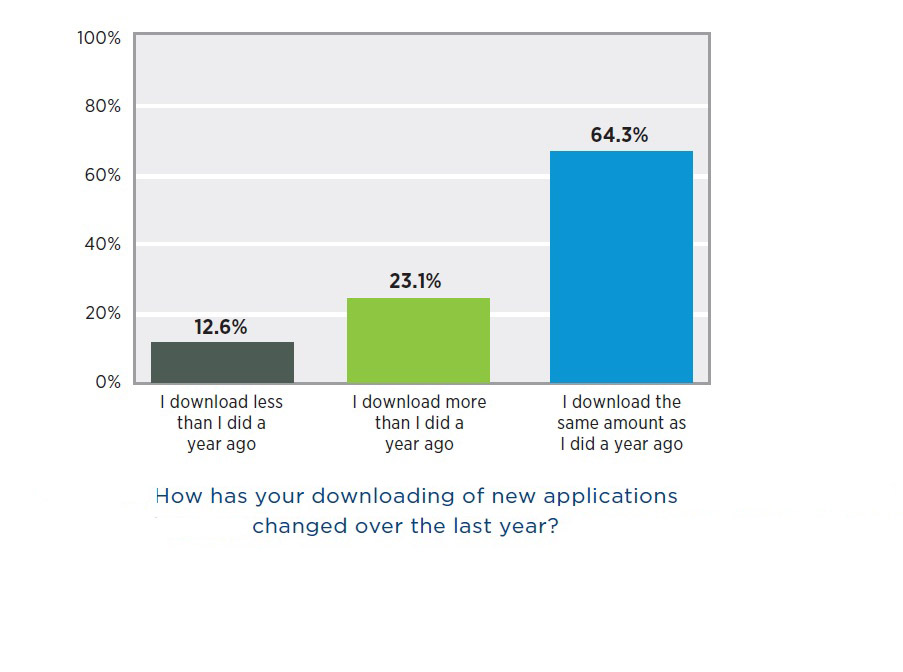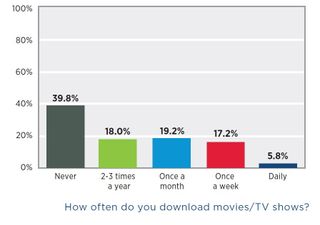Smartphones Take Download Crown

Smartphones are now the top platform for downloading movies, music and other types of digital content, according to a new global study from content delivery network specialist Limelight Networks.
The study, based on a survey of 3,500 adults in France, Germany, India, Japan, South Korea, the United Kingdom and the U.S. conducted in February, found that the smartphone edged out personal computers, tablets, e-book readers and video consoles.
The study emerges as downloading becomes a more prominent feature among top over-the-top services such as Netflix, Amazon, as well as via direct-to-consumer and TV Everywhere apps from premium programmers like Starz and Showtime. Comcast has also gotten into the act by letting X1 customers check out and download DVR recordings to mobile devices.
In a big nod to electronic sell-through and streaming distribution models, some 66% of consumers now prefer digital content over a physical copy, such as a DVD or Blu-ray Disc. Notably, only 14% of respondents still prefer to rent or purchase DVDs, and 17% still prefer to buy CDs.
But in an unexpected twist, Limelight found that while global Internet downloading for applications and operating systems are on the rise, downloading of TV shows and movies dipped about 5.2% from the previous year. Still, the majority of consumers said they download movies and TV shows at least two to three times a year.
Among all age groups, new and updated applications led the downloading charge, followed by music, updates to a phone’s operating system, movies/TV shows, video games and game updates, digital forms of newspapers and magazines and e-books.
The study also shed some light on the frustrations consumers have with downloading, with nearly a third (30%) saying slow downloads cause the biggest fret, compared to download interruptions (24.8%).
Broadcasting & Cable Newsletter
The smarter way to stay on top of broadcasting and cable industry. Sign up below
And when something does go wrong, 42.1% blame their internet-service provider, versus the software vendor (32.6%) or the device (25.1%).











